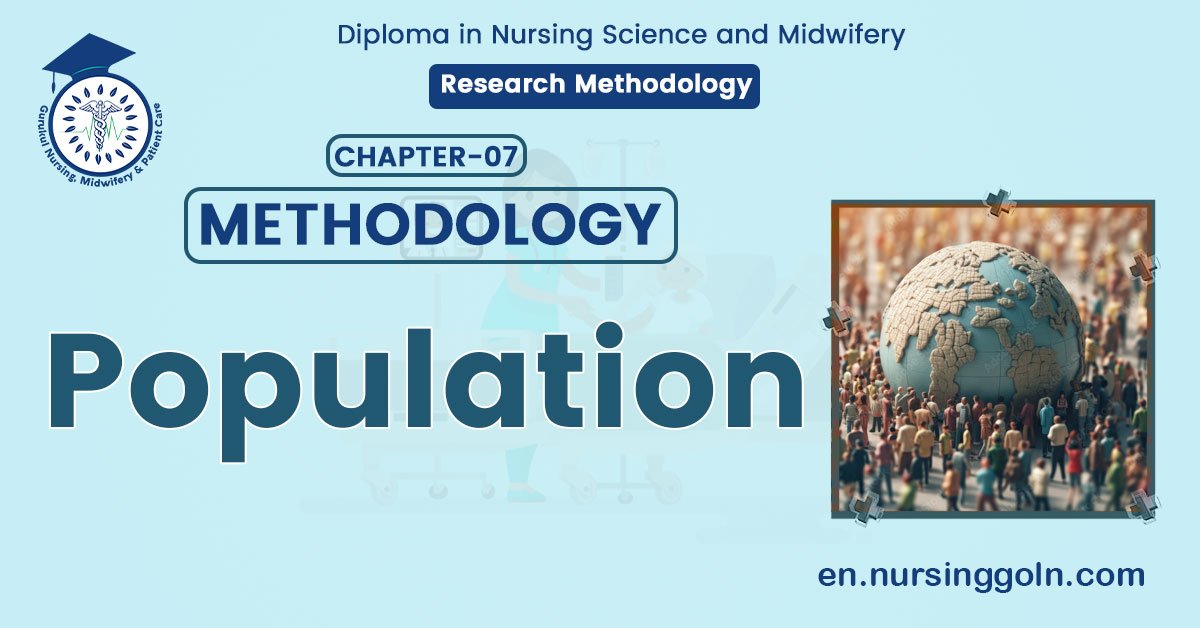Concept of Population – In its most common sense, methodology is the study of research methods. However, the term can also refer to the methods themselves or to the philosophical discussion of associated background assumptions. A method is a structured procedure for bringing about a certain goal, like acquiring knowledge or verifying knowledge claims. This normally involves various steps, like choosing a sample, collecting data from this sample, and interpreting the data. The study of methods concerns a detailed description and analysis of these processes. It includes evaluative aspects by comparing different methods.
In this way, their benefits and drawbacks are evaluated, as well as the research goals for which they may be used. These descriptions and evaluations are predicated on philosophical background assumptions; examples include how to conceptualize the phenomena under study and what constitutes evidence in favor of or against them. In its broadest sense, methodology encompasses the discussion of these more abstract issues.

Concept of Population
Difference between Population & Sample:
| Population | Sample |
| A population is a collection of all items of interest in a particular study. | Sample is a part of population selected to represent that population. |
| Population may be finite and infinite in numbers. | Sample always fixed in numbers |
| The values obtained from population are called parameter (e.g. Population mean, population proportion and population standard deviation etc.). | The value obtained from sample are called statistic, example are sample mean, sample proportion and sample standard deviation. |
| The population parameters are denoted by- Mean = μ Variance = Q² Standard deviation = σ | The sample statistics are denoted by- Mean = overline X̄ Variance = s ^ 2 Standard deviation = s |

Definition of Target Population:
Target population refers to the entire group of individuals or objects to which researchers are interested in generalizing the conclusions. The target population usually has varying characteristics and it is also known as the theoretical population

Read more:
